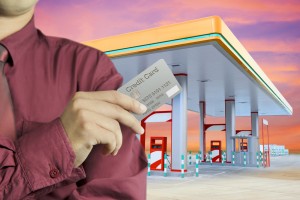How Florida Can Use Anti-Idling Technology to Save on Fuel Costs?
Hey, Sunshine Fleet Managers…
 Now you can learn how Florida can use anti-idling technology to save on fuel costs:
Now you can learn how Florida can use anti-idling technology to save on fuel costs:
Wouldn’t you love to reduce your money spent on fuel.
Prices have slumped; but it’s not going to last forever. And you know that if you’re driving diesel the prices never drop too much. You’re always running on numbers that you wish could be chiseled down just a little more.
What are your options?
Everything helps a little, and little modifications do add up. So one option is costly vehicle mod, or upgrading to greener and better running vehicles.
Another is using fleet cards that regiment your fuel purchasing. That will help, especially if you choose a card that is designed by a fleet company rather than a bank.
if you’re driving with diesel then you can enter a fuel price agreement that caps your spending. But these only work for a limited time. That makes these good for projects or to survive circumstances where you need extra belt tightening.
But what if you can’t afford vehicle modification, or it just isn’t an option – as may be the case with government backed fleets. What if you’re not eligible or in the market for a fuel price agreement. And that fuel card – in the end it can only regulate your drivers spending.
It can’t regulate their idling time.
But there is a way you can reduce that, too. It’s with anti-idling technology, which will actually limit the amount of time that your vehicles operate – it’s a guaranteed way to alter your driver behavior. Or rather, to work around it. How can you reduce your expenses more?
Get a GRIP
The GRIP Idle Management System and Espar heater is one example of a technology that actually paid for its own price tag within a year of being installed in 90 police vehicle in the city of Columbus.
The system automatically turns off the engine after a programmed amount of time, but is able to maintain the electronic systems within the vehicle as if the key were still turned partway into the ignition – but without wearing down the battery.
The city has intended to emplace the system in all of its 339 vehicles, to create a savings of 1.2 million annually.
In National Parks
And in the Clean Cities National Parks Initiative, anti-idling technology coupled with training in anti-idling awareness for visitor resulting in summer reduction of gasoline across 30 parks by 1,472,458 gallons. This incidentally saved 18,258 tons of greenhouse gas emissions.
All from idling.
This includes tour bus operators turning off engines when they let on or off passengers, visit rest stops or pause for guided talking points during an expedition.
How You Can Find Out More
For more information, you can visit the National Idling Reduction Network:
“[It] brings together trucking and transit companies; railroads; ports; equipment manufacturers; Federal, state, and local government agencies (including regulators); nonprofit organizations; and national research laboratories to identify consistent, workable solutions to heavy-vehicle idling for the entire United States.”
